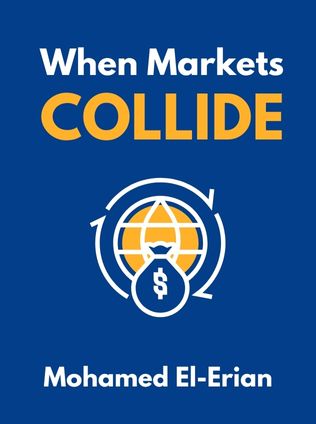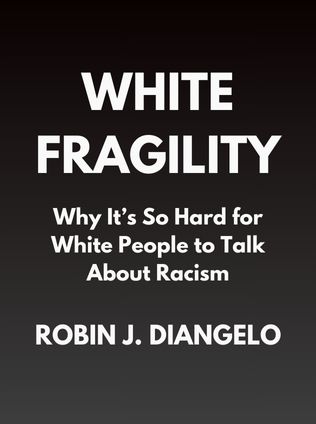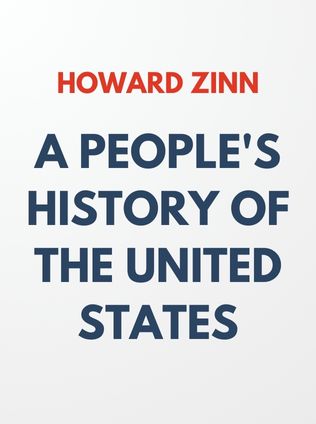
When Markets Collide
Investment Strategies for the Age of Global Economic Change
By Mohamed El-Erian
Published 06/2008
When Markets Collide: Investment Strategies for the Age of Global Economic Change
About the Author
Mohamed A. El-Erian is a distinguished economic advisor and investment strategist. He is the co-CEO and co-CIO of PIMCO, one of the largest investment management firms in the world. El-Erian also served as the president and CEO of Harvard Management Co., overseeing Harvard University’s $35 billion endowment. Recognized by Fortune in 2004 as a member of its eight-person "Mutual Fund Dream Team," El-Erian is renowned for his insights into global economic changes and financial market dynamics. His extensive experience and expertise make him a trusted voice in understanding and navigating the complexities of the global financial system.
Main Idea
In When Markets Collide, Mohamed A. El-Erian provides a comprehensive analysis of the fundamental changes taking place in today’s global economic and financial systems. He alerts investors to the new opportunities and risks that arise from these changes and offers strategies to navigate the evolving landscape. El-Erian emphasizes that what many perceive as market "noise" are actually important signals indicating significant shifts. By recognizing and understanding these signals, investors can construct diversified and internationalized portfolios that are resilient to new systemic risks and can benefit from global economic changes.
Table of Contents
- Introduction: Finding Signals Within the Noise
- Transformations
- Uncertainty
- Inconsistencies and Anomalies
- Investor Reaction
- The Punch Bowl
- The U.S. Stock and Bond Market
- Secular Transformations
- 'Private Equity Put'
- Sea Change
- Alan Greenspan's Conundrum
- How Traditional Resources Failed Us
- International Monetary Fund
- Four Considerations
- Separating What Matters From What Doesn't
- 'Black Box' Models
- Signals in the Noise
- Understanding the New Destination
- Risks and Returns
- Prospects for the Journey
- Adjusting to Change
- Global Change
- Benefiting From Global Economic and Financial Change: An Action Plan for Investors
- Science and Art
- Risk Factors
- An Action Plan for National Policymakers and Global Institutions
- IMF
- Improved Risk Management
- Three Circuit Breakers
- Conclusion
Introduction: Finding Signals Within the Noise
We are witnessing a slow but steady transformation of the global economic and financial landscape. Initially, these changes impacted relatively small areas of the investment and policy world, but they have since gathered momentum and are now critically relevant to a broad spectrum of investors, policymakers, and international institutions. Ongoing economic and technical shifts, referred to as "transformations," are fundamentally altering the world we live in, both now and in the future.
Transformations
Transformations are not easy to recognize or navigate, especially when they are unanticipated and evolve rapidly. These changes challenge conventional wisdom and historic entitlements, creating a dynamic that is uneven and unpredictable. As transformations gather momentum, it becomes evident that existing market and policy infrastructures cannot adequately support the emerging realities. This leads to blockages and "plumbing problems," resulting in initial bewilderment, turmoil, blame games, and a realization that change is needed.
Uncertainty
During periods of transformation, market participants—investors and national and multilateral policymakers—face uncertainty and worry about further turbulence. The market turmoil that began in the summer of 2007 illustrates the types of overshoots and dislocations that are likely to continue occurring. This turmoil has shaken the foundation of our global financial system, highlighting the presence of economic and financial forces that cannot yet be sustained by current policy and market infrastructures.
Inconsistencies and Anomalies
A series of inconsistencies and anomalies acted as early signals of the growing tension between what participants on the global finance stage were pressing for and what could be reasonably accommodated by existing systems. These signals also indicated the extent to which cross-border wealth handoffs were empowering new actors and products with significant global influence. It is important to realize that the forces behind recent financial crises have not disappeared; instead, they continue to shape the investment and policy landscape for years to come.
Sign up for FREE and get access to 1,400+ books summaries.
You May Also Like
Rich Dad Poor Dad
What the Rich Teach Their Kids About Money - That the Poor and Middle Class Do Not!
By Robert T. KiyosakiFreakonomics
A Rogue Economist Explores the Hidden Side of Everything
By Steven D. Levitt and Stephen J. DubnerI Am Malala
The Story of the Girl Who Stood Up for Education and Was Shot by the Taliban
By Malala YousafzaiFactfulness
Ten Reasons We're Wrong About the World – and Why Things Are Better Than You Think
By Hans Rosling



















